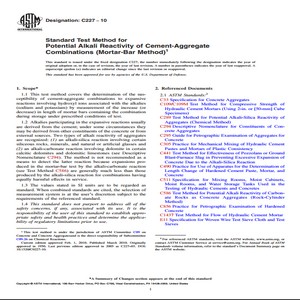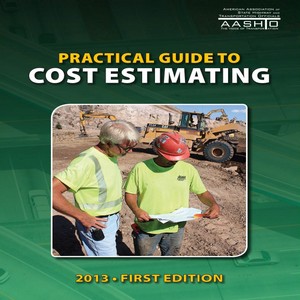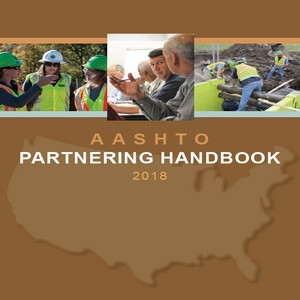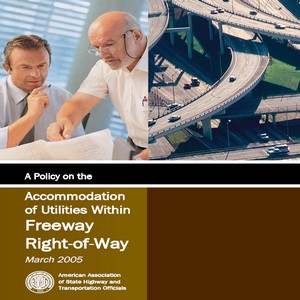ASTM C227 − 10 Standard Test Method for Potential Alkali Reactivity of Cement Aggregate Combinations Mortar Bar Method
৳ 3,789.00
ASTM C227 − 10 Standard Test Method for Potential Alkali Reactivity of Cement Aggregate Combinations Mortar Bar Method
Scope of ASTM C227 − 10 Standard Test Method for Potential Alkali Reactivity of Cement Aggregate Combinations Mortar Bar Method
1.1 This test method covers the determination of the susceptibility of cement-aggregate combinations to expansive reactions involving hydroxyl ions associated with the alkalies (sodium and potassium) by
measurement of the increase (or decrease) in length of mortar bars containing the combination during storage under prescribed conditions of test.
1.2 Alkalies participating in the expansive reactions usually are derived from the cement; under some circumstances they may be derived from other constituents of the concrete or from external sources.
Two types of alkali reactivity of aggregates are recognized: (1) an alkali-silica reaction involving certain siliceous rocks, minerals, and natural or artificial glasses and (2) an alkali-carbonate reaction involving dolomite in certain calcitic dolomites and dolomitic limestones (see Descriptive Nomenclature C294).
Significance and Use of ASTM C227 − 10 Standard Test Method for Potential Alkali Reactivity of Cement Aggregate Combinations Mortar Bar Method
3.1 Data correlating the results of tests performed using this test method with performance of cement-aggregate combinations in concrete in service, results of petrographic examination of aggregates (Guide C295),
and results of tests for potential reactivity of aggregates by chemical methods have been published in Test Method C289 and should be consulted in connection with the use of results of tests performed using this test
method as the basis for conclusions and recommendations concerning the use of cement-aggregate combinations in concrete.





Reviews
There are no reviews yet.